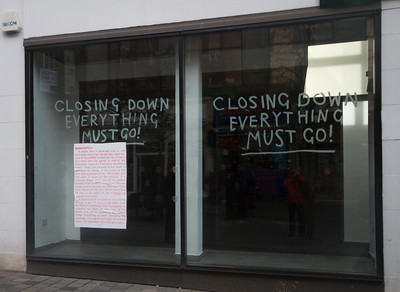Last month, the International Health, Racquet and Sportsclub Association (IHRSA) released new research on the impact of the pandemic on the fitness industry. Twenty-five percent of all health and fitness facilities in the United States closed permanently. Thirty percent of fitness studios also closed, and more than 1.5 million workers lost their jobs.
In Michigan, the prognosis for health and fitness clubs is worse. According to the Michigan Fitness Club Association, 30% of the state’s fitness facilities have closed permanently since the pandemic began.
IHRSA also predicts that 2022 won’t be kind to clubs, either. Typically, January is a heavy month for new member sign-ups. Just as this should have been happening in 2022, the Omicron variant of COVID-19 emerged and surged in the United States. For clubs that were counting on a return to in-person workouts, this could not have happened at a worse time. An emerging Omicron variant, BA.2, promises to be even more contagious than its predecessor. Omicron is the dominant SARS-CoV-2 strain in the US, and accounted for more than 95% of last week’s COVID-19 cases. While COVID-19 remains highly transmissible, people are unlikely to return to their pre-pandemic workout routines.
For privately operated clubs, failure is a known risk of operations. Washtenaw County, however, has two taxpayer-funded fitness clubs, one of which – the Meri Lou Murray Recreation Center – was voter-approved. The other is the Health and Fitness Center at Washtenaw Community College. WCC pays for this facility out of it operating funds. According to WCC, the facility lost $4.5M last year on operations.
Publicly funded health and fitness clubs have the upper hand
Neither of these facilities will close because of COVID-19. The County Parks and Recreation Department has a specific millage to support its operations. The County put the measure in front of the taxpayers, and the voters approved the expenditure. WCC takes money away from its operations to support the Health and Fitness Center. The voters did not approve this because they were never asked to approve it.
To illustrate the impact of taking $4.5M from the General Fund to cover the HFC’s operating losses, consider this. That $4.5M could have been used to pay the salaries and benefits of more than 30 full-time faculty members. Those full-time faculty members would have had a direct, positive impact on students and academic programs at WCC. Instead, the Administration used federal COVID-19 relief funds to cover the debts of a building the taxpayers never authorized.
I wonder how the operators of the closed fitness facilities feel about competing against a bottomless pool of taxpayer dollars that prop up the Health and Fitness Center at Washtenaw Community College? Or knowing that when the HFC incurs far more debt than its operations can pay for, the WCC administration will use millions of federal dollars to keep its doors open? It must be hard, especially when the only thing that remains of their facilities is their debts.
And what about the operators that are still open? How do they feel about going head-to-head with a publicly funded (but not publicly approved) fitness center? There’s something rather anti-competitive about that.
Photo Credit: London Road , via Flickr
















